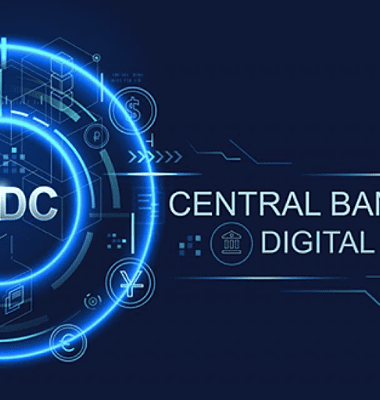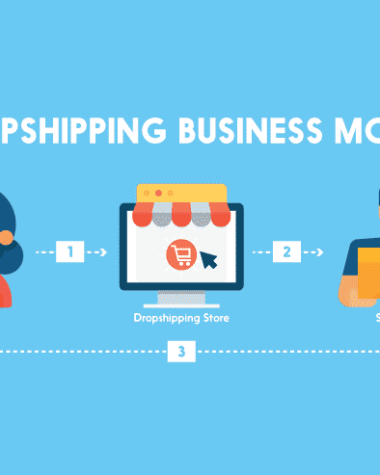The Federal Reserve’s instant payment solution, known as FedNow, is set to revolutionize the payment industry in the United States.
With its upcoming launch in late July, there has been an impressive response from financial institutions and service providers.
In this article, we will discuss how the new US firms shall operate and will make the process simpler and easier for the end user.
FedNow Revolutionizes Payment Speeds
FedNow aims to provide faster payment services for financial institutions of all sizes across the United States. It promises to remove waiting periods for online payments and checks to process, allowing payers to send funds on the same day they are due.
This will bring the payment speed up to par with popular payment apps like Venmo and Cash App. The scheme takes inspiration from successful instant payment solutions such as the UK’s Faster Payments system and the Eurozone’s Single Euro Payments Area.
57 Early Adopter Organizations Successfully Test FedNow
In a recent announcement by the Federal Reserve on June 29th, it was revealed that 57 early adopter organizations have completed formal testing and certification for FedNow.
These organizations include financial institutions and service providers who are currently undergoing final trial runs on the service before its official launch in late July.
Speculations About the FedNow
While there was initial speculation about blockchain networks being included in FedNow, it seems that only two networks will connect to it.
One of these networks is Metallicus’ Metal Blockchain, which initially announced its integration with FedNow but was later removed from the list of approved networks.
Tassat Group also claimed that their client-facing API could serve as an on-ramp to Fednow back in March.
United States Catching Up on Payment Infrastructure
With the launch of FedNow approaching quickly, this instant payment solution is seen as a significant leap forward for the United States’ payment infrastructure.
In comparison to other countries, the United States has lagged behind in terms of payment speed and convenience. The UK’s Faster Payments system, for example, was launched in 2008 after years of planning.
Contactless payments have also been slow to gain traction in the United States. As recent data shows, only around 20 percent of all in-person debit and credit card transactions in January 2022 were contactless.
Compare this to Australia, where contactless payments accounted for a whopping 92 percent of in-store Visa transactions back in 2017.
Conclusion
As the launch of FedNow draws near, the response from financial institutions and service providers has been impressive.
The 57 early adopter organizations that have completed testing and certification demonstrate a high level of interest in this new payment infrastructure.
It also highlights the trust and confidence placed in the Federal Reserve’s ability to provide a secure and reliable instant payment system.
The United States has recognized the need to catch up with other countries when it comes to payment infrastructure. The delay in implementing faster payment solutions like Faster Payments in the UK or contactless payments may have put them behind their global peers.











